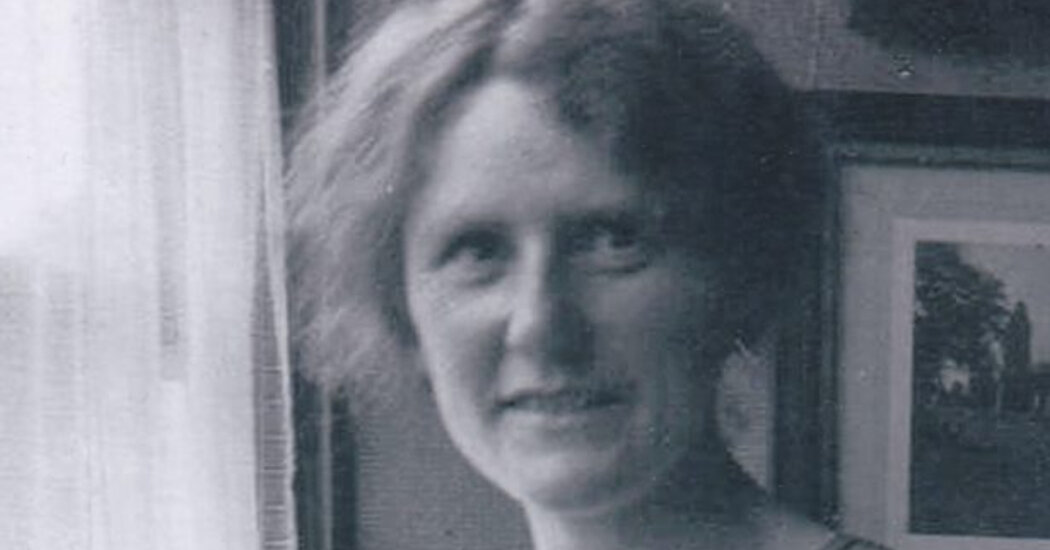I will not do Shepherd the disservice of saying she was more approachable to me simply because she is a woman — although, as Macfarlane observes, she was less summit-obsessed than many of her male counterparts. But the mountains were in her blood; she was as tough and as up for (in her words) “toil” as anyone.
Part of Shepherd’s appeal is that she is a teacher to her bones; I can recognize the ptarmigan’s plumage and the petals of St. John’s wort from her descriptions, without the aid of a single image. I can feel the unsparing elements:
Cold spring water stings the palate, the throat tingles unbearably; cold air smacks the back of the mouth, the lungs crackle. Wind blows a nostril in, one breathes on one side only, the cheek is flattened against the gum, the breath comes gaspingly, as in a fish taken from water — man is not in his element in air that moves at this velocity.
The smell of sawed pine is “like strawberry jam on the boil, but with a tang that tautens the membranes of nose and throat.” The Cairngorm water is “green like the green of winter skies, but lucent, clear like aquamarines, without the vivid brilliance of glacier water.” A cloud is “wet but not wetting.” Much of the book is frankly ecstatic; she is, by her own account, “a part-time mystic.”
Yet Shepherd’s world is explicitly corporeal, and her mountain more friend than god: “Life up here is full of loves, hates, jealousies, tendernesses, loyalties and betrayals, like anywhere else, and a great deal of plain humdrum happiness.”
Indeed, she is not always alone. The mountains are peopled with guides, trail keepers and fellow travelers, as well as those who have died on their treks when the weather turned. Of these unfortunate souls, Shepherd writes: “They committed, I suppose, an error of judgment, but I cannot judge them. For it is the risk we must all take when we accept individual responsibility for ourselves on the mountain, and until we have done that, we do not begin to know it.”
This is, I think, what I most love about this book. The knowing and not judging. The knowing and not knowing. “The more one learns of this intricate tissue of soil, altitude, weather and the living tissues of plant and insect,” she writes, “the more the mystery deepens.”
